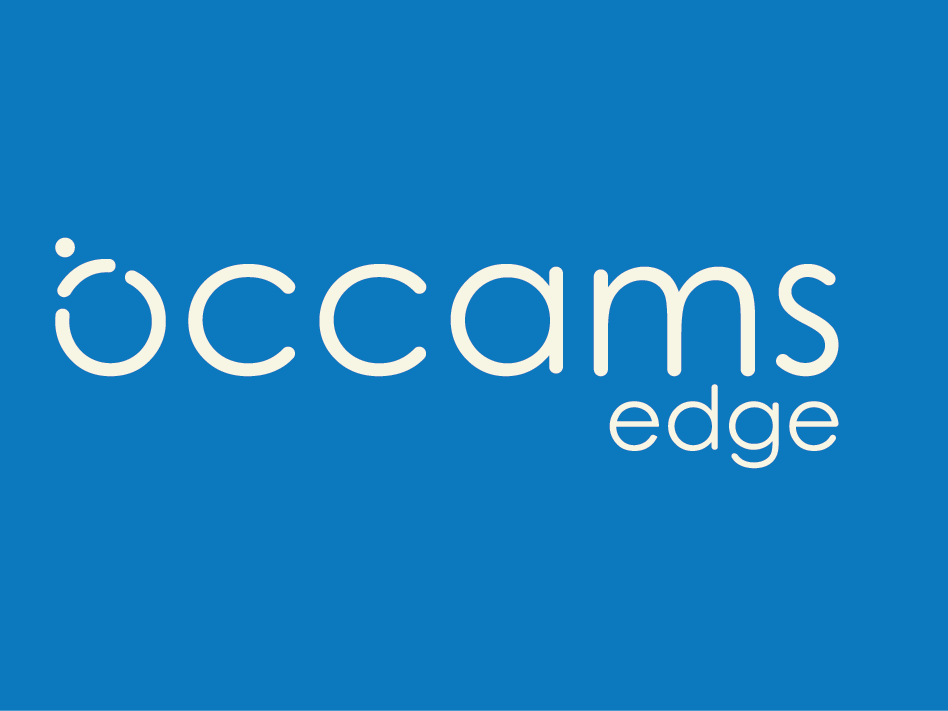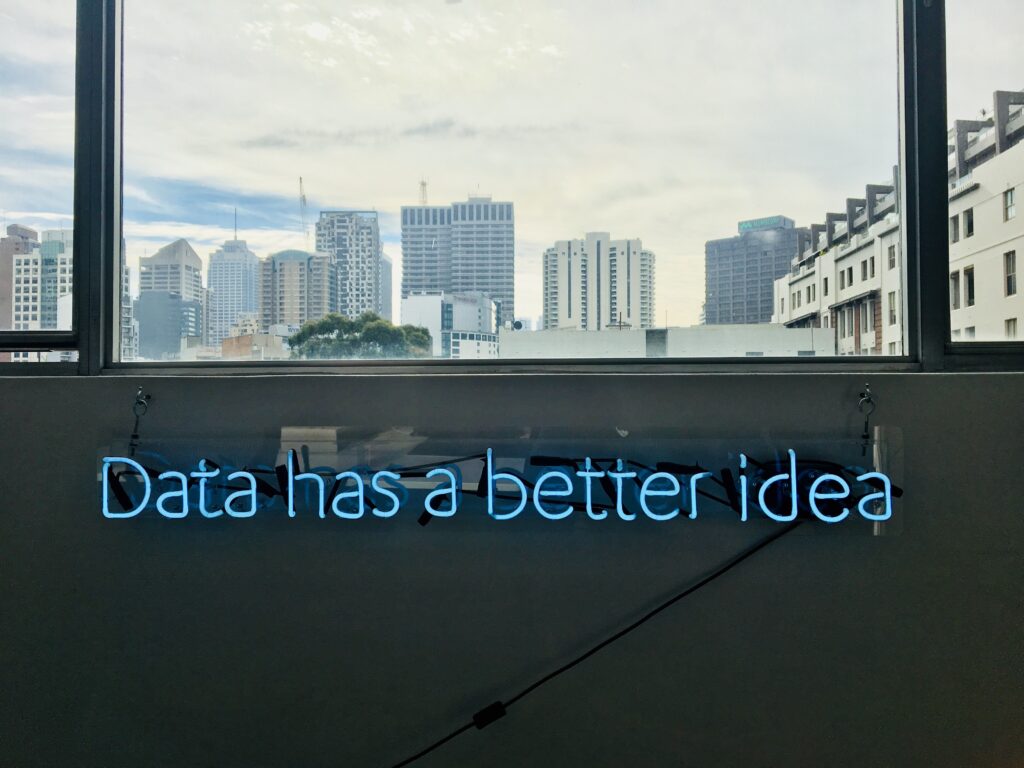
Last week’s blog post focused on the differences between complicated and complex. Our view is that the distinction is useful when approaching issues, designing solutions and driving adoption. Complicated and complex issues require different skill sets, approaches, and techniques to solving them.
This week we thought we would address the other side of the continuum; simple versus simplistic.
Merriam-Webster defines the word “simple” as “not hard to understand or do.” Simplicity can be described as clear and lacking in pretense. The adjective “simple” means plain, easy, ordinary, or uncomplicated. A simple solution to a problem is usually a good solution….It’s probably no shock to you that we are big fans of the acronym KISS.
“Simplistic,” meanwhile, is defined as “too simple” and “not complete or thorough enough.” The adjective “simplistic” generally has a negative overtone generally meaning “ overly simplified”. The important nuance being that it is characterized by extreme and often misleading simplicity. As we have been digging through this topic it struck me that people use the two words interchangeably these days.
Simplicity before understanding is simplistic; simplicity after understanding is simple.
Edward De Bono
Simplistic sounds so much fancier than simply saying “simply”!!! Yes, both “simple” and “simplistic” come from the same root, but the latter is considered an excessive example of the former. In other words, too much of a good thing! It’s really important to understand that they could not be more different. We are working with that realization because it is core to our mission at Occam’s. When you weave the understanding of the difference between simple and simplistic into your behaviour it will result in enhanced personal and professional interactions and relationships.
In terms of individual behavior we typically see examples at different ends of the Simple vs Simplistic spectrum as well as all the way across the spectrum.
Let’s start with the Simplistic end of the spectrum. Simplistic statements and behaviour are shallow with no depth. Descriptions and statements are broad and generic, quickly articulated and also easy to understand. Take a moment and put yourself in a scenario where you were delivering a message or action and you oversimplifed both the issue and the potential solution. I’m going to ask for some soul searching and self reflection with this next question. In those instances did you feel that you stepped into the situation where you were basically “winging it”. The reasons for it could be one or more of many: as a lack of comprehension or understanding of the facts, driven perhaps by prioritization, time constraints, and inexperience? Alternatively, you receive updates and requests from others that leave you with the sense that its now up to the rest of us to go figure it out!!
If you can’t explain it simply, you don’t understand it well enough.
Albert Einstein
The higher up you go in the career ladder the easier it becomes to slip into the art of being simplistic without even realizing it. When interacting with others its easy to slip into the excuse that your time constraints don’t allow you time to dig into the details or debate something. As a consequence it’s inevitable that you begin to come across as shallow or even dismissive.
So let’s reset with this thought: It’s not easy to be simple, but it’s unbelievably effective. On the other hand it is easy to be simplistic. The two are very different and should not be confused. However, how do you get from simplistic to simple? Because the reality is whilst you do have to start with being simplistic the reality is that you can’t end there.
Make it simple but significant.
Don Draper
The trick is to invest time in yourself. In every area of what you do and what you aspire to be you have to go from the simplistic level to a deeper dive so that you become real and credible. After a while this process becomes an integral part of who you are and how you operate and this results in a level of credibility, trust and influence that becomes part of how you are perceived and respected.
How would you self assess your behaviors on the simplistic to simple continuum?
We’d love to hear from you.






